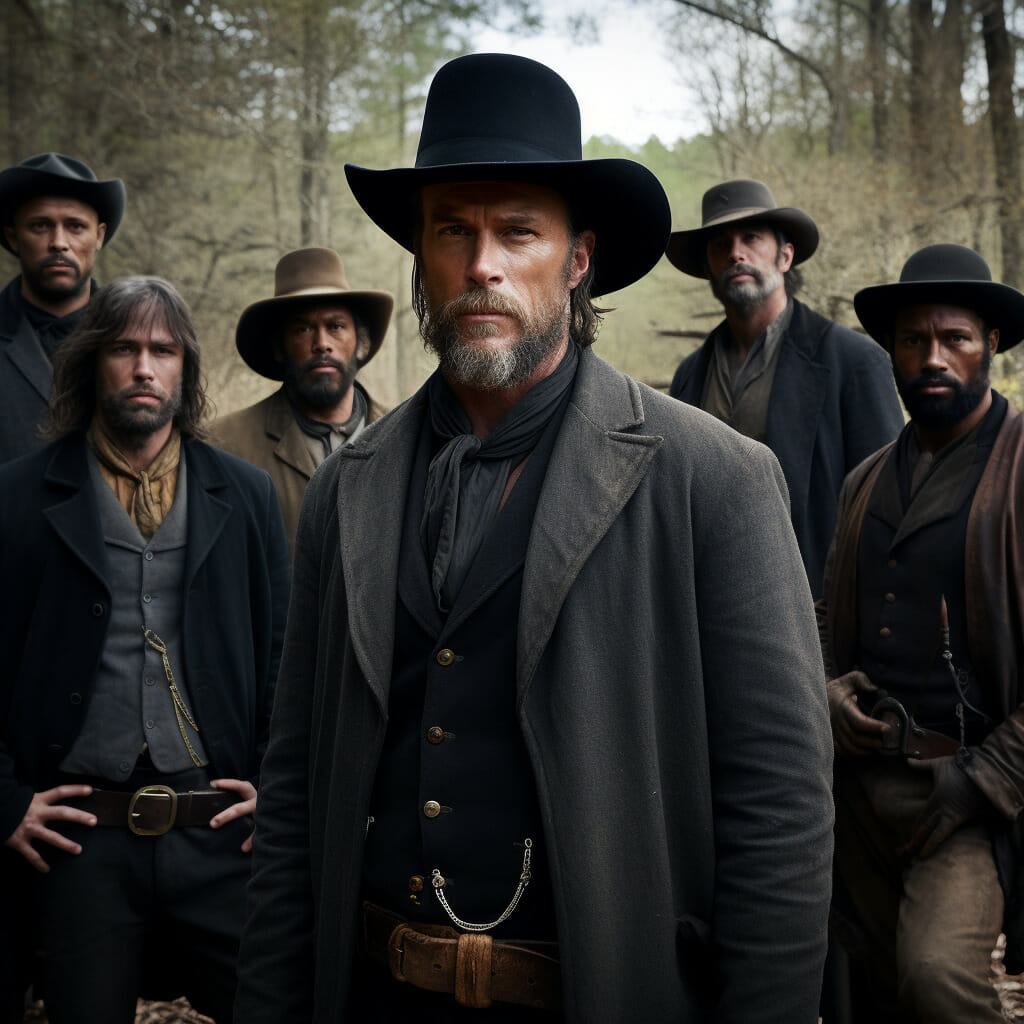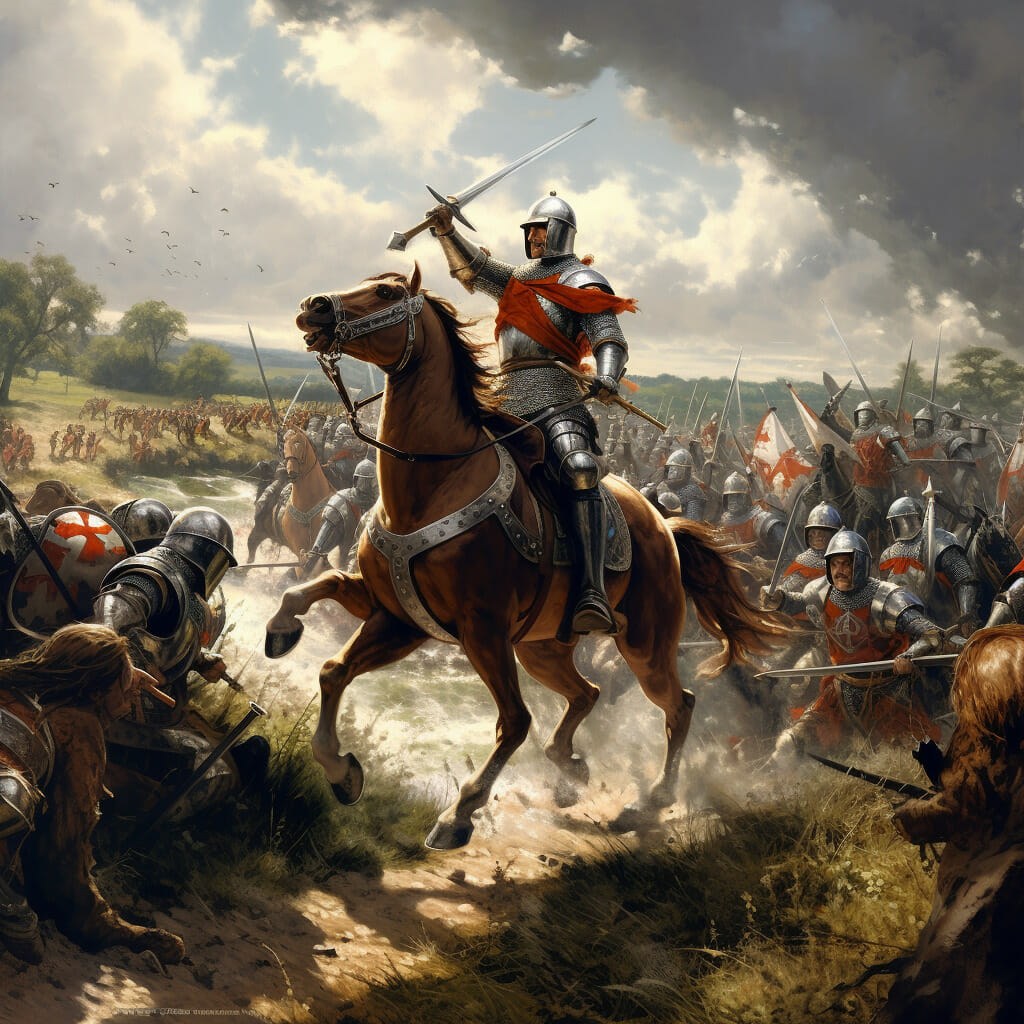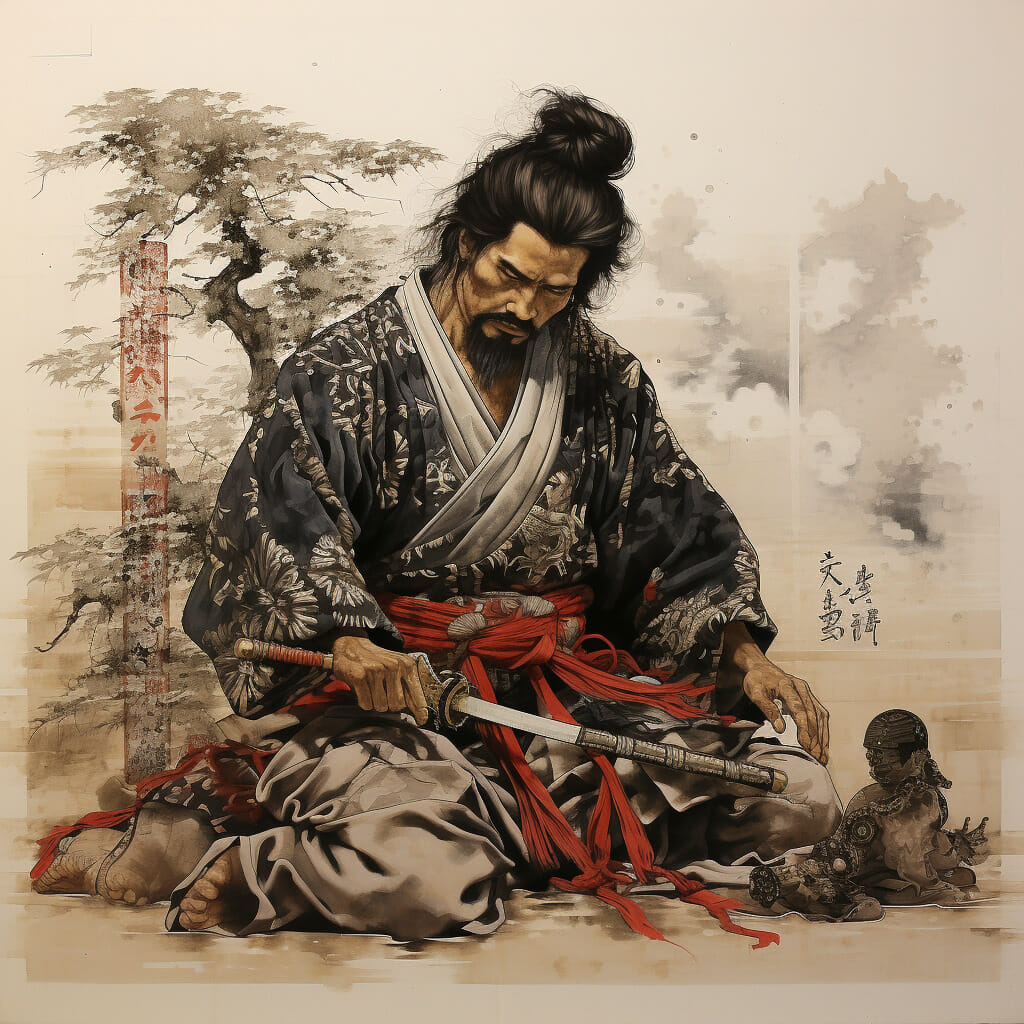Throughout history, conflicts and grudges have sparked some of the most fascinating tales. Whether rooted in power struggles, territorial disputes, or personal antagonism, these celebrated rivalries have left a significant imprint on the annals of history. This article delves into ten such historical feuds, offering an intriguing glimpse into the contentious relationships that have shaped the course of history.
The Decades-Long Discord: Hatfields vs McCoys

The Origin
The Hatfields and McCoys feud is arguably the most infamous family conflict in American history. This bitter rivalry, which stretched from 1863 to 1891, is believed to have initiated over a mundane dispute concerning the ownership of a hog. The Hatfield clan, led by the patriarch William Anderson Hatfield, and the McCoy family, headed by Randolph McCoy, were both influential families residing on either side of the Tug Fork River, separating West Virginia and Kentucky.
The Escalation
The pig dispute was just the tip of the iceberg. The animosity between the two clans was further inflamed by lingering resentment from the Civil War, where the two families had supported opposing sides. As the years passed, tit-for-tat acts of violence escalated, culminating in a series of brutal episodes known as the New Year’s Massacre in 1888.
The Aftermath
The feud had become so violent by that point that it compelled governmental intervention, leading to a Supreme Court case and subsequent trials. The feud officially ended in 1891, with eight Hatfields sentenced to life in prison, and one mentally handicapped member of the family executed.
The Battle within the Crown: Wars of the Roses

The Power Players
The Wars of the Roses were a series of protracted English civil wars fought by two rival branches of the House of Plantagenet: the House of Lancaster (symbolized by a red rose) and the House of York (represented by a white rose). The feud was essentially a power struggle for the English crown.
The Face-off
The conflict spanned three decades from 1455 to 1485, marked by sporadic bouts of violence and power shifts between the two Houses. The dispute reached a boiling point in the bloody Battle of Bosworth Field in 1485, where Richard III, the last Yorkist king, was defeated and killed.
The Resolution
The end of the war saw the ascension of the Lancastrian Henry VII to the throne, who sought to solidify his reign and unite the feuding families by marrying Elizabeth of York. This matrimonial alliance marked the end of the Wars of the Roses and the beginning of the Tudor dynasty.
The Sibling Rivalry that Split a Brand: Adolf vs Rudolf Dassler

The Common Ground
Adolf and Rudolf Dassler, two German brothers, started a small shoe company in their mother’s laundry room. Their business received a significant boost when Jesse Owens wore their shoes in the 1936 Berlin Olympics. However, despite their shared success, the brothers had a strained relationship, the reasons for which remain ambiguous to this day.
The Rift
In 1948, the brothers had a falling-out, leading to the division of their business. Adolf, fondly known as “Adi,” went on to establish Adidas, while Rudolf set up Puma. The once united Dassler shoe company was now split into two competing entities, operating within sight of each other in the small town of Herzogenaurach.
The Legacy
The feud not only divided the business but also the town, with residents pledging their allegiance to either Adidas or Puma. The rivalry between the Dassler brothers remained fierce until their deaths in the 1970s. However, both Adidas and Puma continue to be successful global brands today, bearing testament to the brothers’ enduring legacy.
The Feud that Changed Japanese History: Ako Vendetta

The Outrage
The Ako Vendetta is one of the most famous and bloodiest feuds in Japanese history. It all began in 1701 when Asano Naganori, a feudal lord, attacked his former teacher, the court official Kira Yoshinaka, for repeated humiliations. Asano was arrested and forced to commit “seppuku” (a form of ritualistic suicide) as punishment for his transgression.
The Vendetta
Outraged by the unfair treatment of their master, 47 loyal samurai of Asano planned a meticulous revenge against Kira, culminating in his capture and beheading. However, their act of loyalty did not go unpunished. The samurai were forced to commit “seppuku” in the same manner as their master.
The Legacy
This unfortunate chain of events, known as the Ako incident, highlighted the strict code of honor and loyalty (‘bushido’) followed by the samurai class, and significantly influenced Japanese culture and society. The tale of the 47 Ronin remains a celebrated piece of Japanese history and continues to be retold in various forms of literature and performing arts.
The Battle within the Crown: Wars of the Roses

The Power Players
The Wars of the Roses were a series of protracted English civil wars fought by two rival branches of the House of Plantagenet: the House of Lancaster (symbolized by a red rose) and the House of York (represented by a white rose). The feud was essentially a power struggle for the English crown.
The Face-off
The conflict spanned three decades from 1455 to 1485, marked by sporadic bouts of violence and power shifts between the two Houses. The dispute reached a boiling point in the bloody Battle of Bosworth Field in 1485, where Richard III, the last Yorkist king, was defeated and killed.
The Resolution
The end of the war saw the ascension of the Lancastrian Henry VII to the throne, who sought to solidify his reign and unite the feuding families by marrying Elizabeth of York. This matrimonial alliance marked the end of the Wars of the Roses and the beginning of the Tudor dynasty.
The Sibling Rivalry that Split a Brand: Adolf vs Rudolf Dassler

The Common Ground
Adolf and Rudolf Dassler, two German brothers, started a small shoe company in their mother’s laundry room. Their business received a significant boost when Jesse Owens wore their shoes in the 1936 Berlin Olympics. However, despite their shared success, the brothers had a strained relationship, the reasons for which remain ambiguous to this day.
The Rift
In 1948, the brothers had a falling-out, leading to the division of their business. Adolf, fondly known as “Adi,” went on to establish Adidas, while Rudolf set up Puma. The once united Dassler shoe company was now split into two competing entities, operating within sight of each other in the small town of Herzogenaurach.
The Legacy
The feud not only divided the business but also the town, with residents pledging their allegiance to either Adidas or Puma. The rivalry between the Dassler brothers remained fierce until their deaths in the 1970s. However, both Adidas and Puma continue to be successful global brands today, bearing testament to the brothers’ enduring legacy.
The Feud that Changed Japanese History: Ako Vendetta

The Outrage
The Ako Vendetta is one of the most famous and bloodiest feuds in Japanese history. It all began in 1701 when Asano Naganori, a feudal lord, attacked his former teacher, the court official Kira Yoshinaka, for repeated humiliations. Asano was arrested and forced to commit “seppuku” (a form of ritualistic suicide) as punishment for his transgression.
The Vendetta
Outraged by the unfair treatment of their master, 47 loyal samurai of Asano planned a meticulous revenge against Kira, culminating in his capture and beheading. However, their act of loyalty did not go unpunished. The samurai were forced to commit “seppuku” in the same manner as their master.
The Legacy
This unfortunate chain of events, known as the Ako incident, highlighted the strict code of honor and loyalty (‘bushido’) followed by the samurai class, and significantly influenced Japanese culture and society. The tale of the 47 Ronin remains a celebrated piece of Japanese history and continues to be retold in various forms of literature and performing arts.
